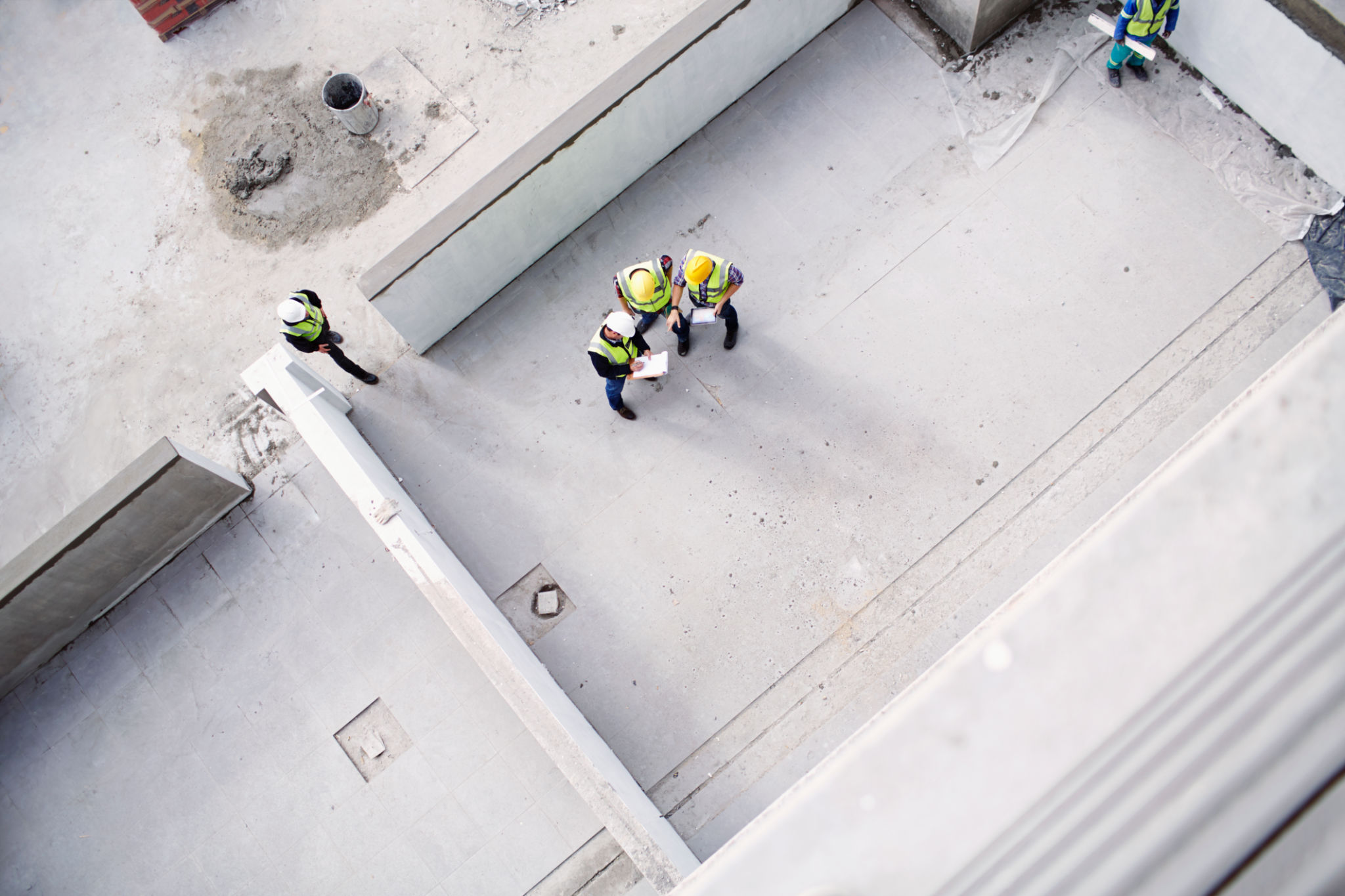Preparing Your Construction Site for Aerial Inspections: A Step-by-Step Guide
Understanding the Importance of Aerial Inspections
Aerial inspections have become an integral part of modern construction projects. By leveraging drones and other aerial technologies, construction managers can gain a comprehensive view of the site, identify potential issues, and ensure safety compliance. These inspections provide a bird's-eye view that is often impossible to achieve from the ground, making them invaluable for project monitoring.
Moreover, aerial inspections can significantly reduce the time and resources needed for traditional site inspections. They offer detailed insights into various phases of construction, helping to maintain timelines and budgets.

Site Preparation for Aerial Inspections
Conducting a Site Survey
Before an aerial inspection can take place, it's crucial to conduct a thorough site survey. This involves identifying potential hazards like power lines, tall structures, and restricted airspaces. Understanding these elements ensures that the drone operation complies with legal guidelines and maintains safety.
Additionally, a site survey helps in determining the best flight paths and angles for capturing the necessary data. It is vital to map out these routes in advance to maximize the efficiency of the inspection process.
Ensuring Site Safety
Safety is a primary concern when preparing for an aerial inspection. Make sure the construction site is secured and that all personnel are aware of the drone operation schedule. This precaution minimizes the risk of accidents and ensures the safety of both workers and equipment.
Clear communication with your team about the aerial inspection is essential. Brief everyone involved on the procedures and potential risks, ensuring they understand their roles during the inspection.

Optimizing Data Collection
Setting Clear Objectives
To make the most of aerial inspections, define clear objectives before proceeding. Determine what specific data you need to collect—whether it's progress tracking, structural analysis, or environmental impact assessments. Having clear goals ensures that the inspection is focused and productive.
Once objectives are established, prepare a checklist of shots or data points required. This preparation will guide the drone operators and help streamline the inspection process.
Utilizing Advanced Technology
Take advantage of advanced drone technology to enhance data collection. High-resolution cameras, thermal sensors, and LiDAR can provide detailed insights that are invaluable for project analysis. Ensure your drones are equipped with the necessary technology to meet your inspection requirements.

Post-Inspection Procedures
After completing the aerial inspection, it’s crucial to analyze the collected data thoroughly. Use specialized software to process images and generate reports that highlight key findings and areas of concern. This analysis helps in making informed decisions about project adjustments or enhancements.
Finally, share the insights gained from the inspection with relevant stakeholders. Transparency in communicating findings ensures everyone involved in the project is aligned and can contribute to addressing any issues identified during the aerial inspection.

